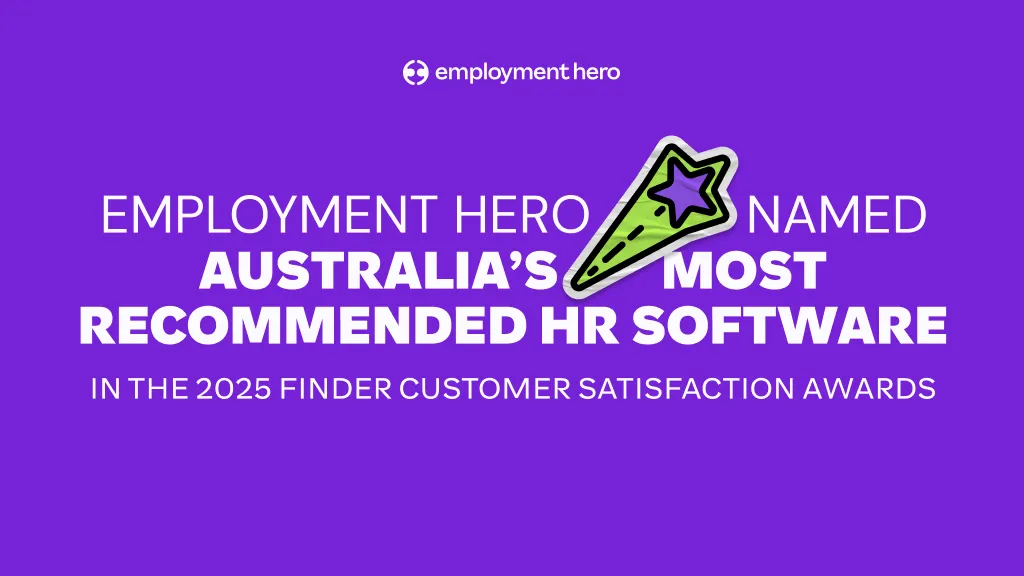From recycled manufacturing to clean-tech reprocessing, Australia’s waste rush could very well contend with the goldrush.
Australia has a rubbish dilemma, but it’s not the kind you solve with a kerbside collection. A new report from UNSW’s Centre for Sustainable Materials Research and Technology has revealed that waste is not a burden but a once-in-a-generation economic opportunity worth up to $120 billion. Yet right now, 92 per cent of our plastic waste still goes to landfill. We’re literally burying jobs, revenue, and global competitiveness.
The UNSW report shows that if Australia invested properly in advanced recycling and material recovery, we could unlock thousands of skilled jobs, revive regional manufacturing, boost supply chain resilience, and give small businesses a massive entry point into a growing global market.
So the real question is who will build the companies that turn trash into revenue and jobs before someone overseas beats us to it?
Waste Is the New Global Resource, and We’re Years Behind
The UNSW study is a glimmer of hope that Australia could become a manufacturing powerhouse again by converting waste into high-value materials. We already have the raw resources, everything from medical-grade plastics to construction composites and low-emissions fuels, we just treat them like garbage.
Every year, Aussies generate 76 million tonnes of waste but only 40 per cent is recovered or recycled. The rest is exported or buried while we import new materials to replace it. The report suggests that advanced recycling could create up to 50,000 jobs and dramatically reduce our reliance on overseas supply chains.
Compare that with the European Union, which recycles 50 per cent more plastic than Australia and has already banned the export of unsorted waste. Or Japan, which has built a domestic recycling ecosystem that recovers more than 80 per cent of its plastic waste, turning it back into feedstock for local manufacturers. Even South Korea went from landfill crisis to recycling superpower in just a decade by linking waste transformation to job creation and industrial strategy.
Circular Innovation Works When It’s Built Like a Business
Last week’s collapse of biodegradable packaging startup Great Wrap, despite raising $24 million, might appear like a bad omen, but it doesn’t speak for the flourishing waste-to-value landscape that is ripe for disruption.
Take Seabin, the Australian clean-tech company filtering marine waste from ports and harbours around the world. Instead of leaning on grants, founder and CEO Pete Ceglinksi, built repeatable revenue through environmental data services and long-term corporate contracts. Sydney Airport recently signed a five-year deal with the company to remove plastic pollution from Botany Bay.
In Canberra, Samsara Eco is using enzyme-based recycling to break plastics down to their molecular building blocks, backed by $56 million from Woolworths and ANU. Licella has raised over $80 million to commercialise its hydrothermal liquefaction technology, turning waste plastics and biomass into low-carbon oil.
Even manufacturing-led circular startups are gaining traction. SaveBoard, which turns liquid paperboard waste and soft plastics into low-carbon building panels, has raised $18 million and opened facilities in NSW and Queensland. Meanwhile Melbourne-based Replas has built a thriving business converting recycled plastics into commercial outdoor furniture.
Relectrify and Goterra are pioneering Australian climate-tech startups attracting strong investment. Relectrify raised $17 million led by At One Ventures and Toyota Ventures to scale its inverter-free battery technology for global renewable storage. Goterra, backed by Grok Ventures and Tenacious Ventures, turns organic waste into insect protein and fertiliser, tackling food-waste emissions worldwide.
Hidden Metals A High-Value Recycling Boom
The real breakthrough opportunity might lay in the high-value recovery of complex metals, minerals, and chemicals, many of which Australia currently sends offshore in discarded electronics and industrial waste.
According to the UNSW report, e-waste is the fastest-growing waste stream in the country, yet less than 12 percent is formally recycled. The rest is dumped or exported to countries with looser environmental regulations, along with the rare earths and critical minerals inside it.
Hidden metals like cobalt, lithium, palladium, copper and gold power everything from smartphones and medical equipment to electric vehicles and defence systems. One tonne of iPhones, for example, contains 300 times more gold than a tonne of gold ore, and yet Australia still has no large-scale domestic system for capturing and refining those materials. The UNSW report makes it clear that we have a serious resource blindness problem.
If Australia wants resilient supply chains, local manufacturing and national security, it must start treating waste as critical infrastructure. The UNSW team proposes developing regional recycling hubs, creating mini manufacturing economies powered by recovered materials.
These hubs would use technologies like thermal decomposition, microfactories and chemical separation to convert everything from solar panel waste to textiles and electronics into new commercial inputs.
The report points out that most circular operations don’t need mega refineries or billion-dollar capital, this is work small and medium businesses can own with modular facilities and skilled local operators. It creates real jobs for tradespeople, engineers, machinists, logistics operators, software technicians and material scientists, not theoretical GDP uplift.


























